Anthem during the Quit India movement
‘Meri jaan rahe na rahe, mera sar na rahe, samaan na rahe, na ye saaz rahe, yehi Hind mera azaad rahe, meri Mata ke sar pe taj rahe… rendered mellifluously to the crystal-clear keys of a hand-pumped harmonium with lyrics which raised goosebumps in patriotic Indians, this song became the anthem during the Quit India movement. Its popularity made the British perspire, so much so that they banned it in 1930 and even destroyed its dye negative which contained the song metrics stating it to be a crime to be. However, this only added the allegiance to the song by the Indians who began listening to it surreptitiously behind closed doors and windows, where neighbors literally lent their ears to the walls for a listen to the lyrics that evoked national pride and love.
Penned in 1928, by Madhav Shukla Muradabadwale, the iconic song was sung Master Vasant Amrut of Surat. In his book,’ Aapki Parchhayiyaan’ which has an interview of the star singer, Sahitya Academy awardee Rajnikumar Pandya writes,” The gramophone company gained record-breaking sales and love for the nation made the song so popular that people performed it at prabhat pheris. Thousands took to the streets to get a mere glimpse of the suave singer – Vasant Amrut of Surat, the Sangeet Bhaskar of Gujarat’s royal courts.”
With lyrics which mentioned,’ azaadi, swaraj, Vande Mataram, watan pe nisaar, Gandhi and Tilak’, the song spoke of Independence from the’ white malady’, the brotherhood of Hindus and Muslims, unity in diversity, love for the nation, profit for farmers, protection for women, promotion for khadi, education for children and kindness to animals the song resonated with India’s mood. It wasn’t a mere song but an entire list of emotions felt by the freedom fighters and the demand of the nation, promoting the freedom movement. The ban by the British only made the song more popular and freedom fighters began humming it during Quit India’s jail bharo movement, singing it in chorus. Indian overseas purchased the record and played it out at community gatherings.
Vasant Amrut, whose voice reminded people of the spring season laced with the sweetness of honey, managed a follower fan base of millions and soon everyone from Karachi to Rangoon had the lyrics by heart. During his visit to Rangoon in 1936-37, Pandit Jawaharlal Nehru and Indira who were attending a felicitation by the Gujarati community got to know of the singer’s presence and requested him to perform the song live on stage. Vasant Amrut’s favorite childhood memory was singing for Gandhiji during evening prayers when Bapu was fasting for 21 days in Rajkot.
Banned in 1930, the ban on the song ‘Meri Mata ke sar pe taj rahe’ was lifted in 1945 with efforts by Kanhaiyalal Munshi. By 1947, once India gained Independence, the song also with several other patriotic tunes hymns such as Vahalu watan and Gandhi tu aaj Hind ki shaan bunn gaya, made way for the music and lyrics of an Independent India.
Times Of India | Ashleshaa Kurana | ashindia@hotmail.com


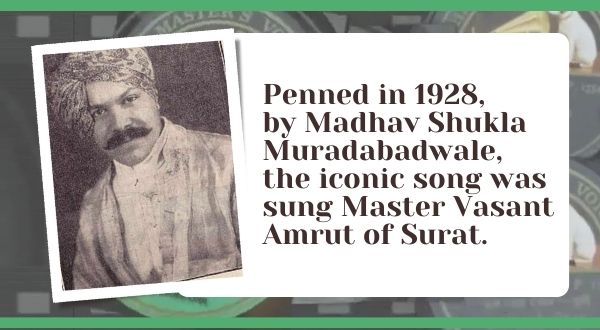
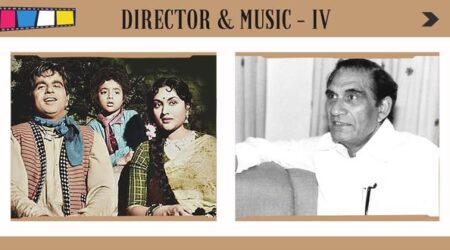



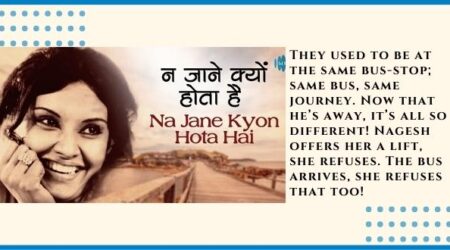

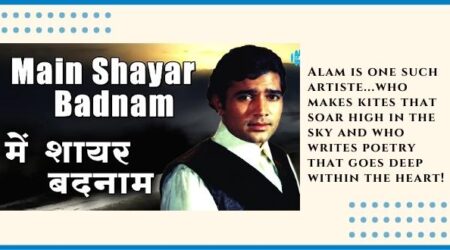
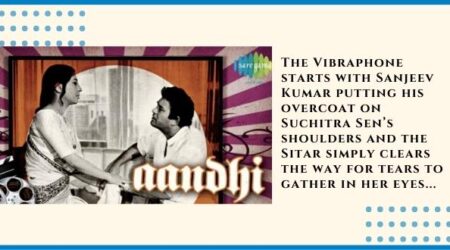
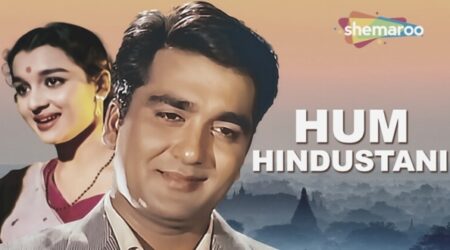
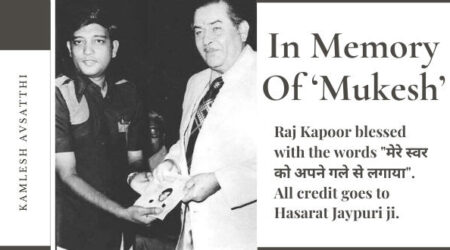

Leave a Reply